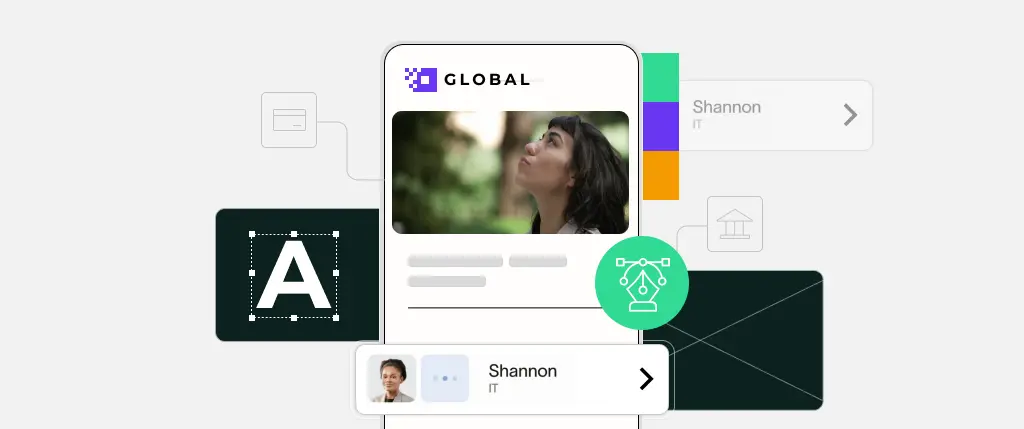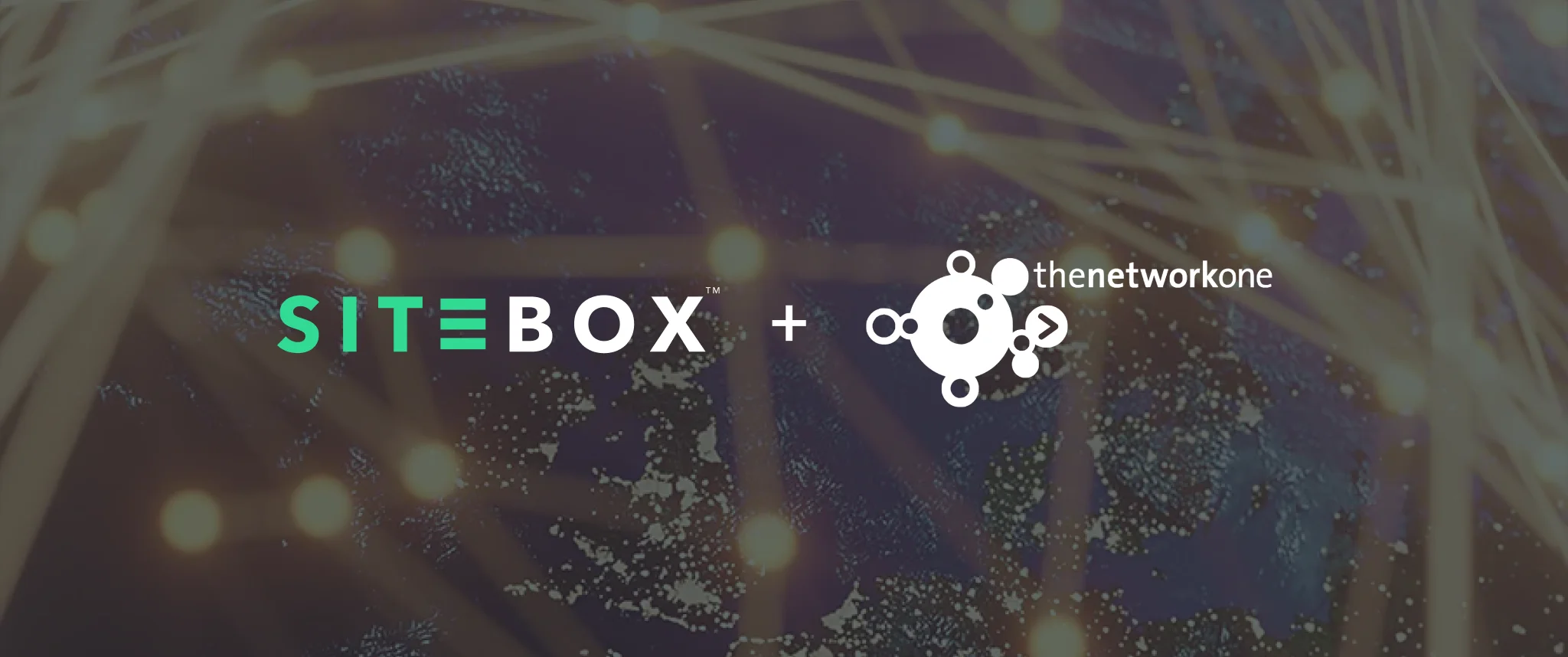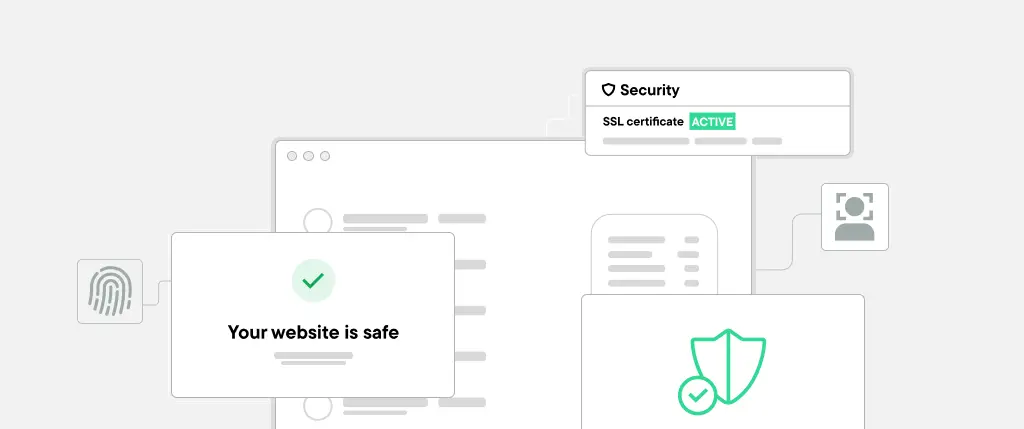Understanding the Problem
- Inconsistent User Experiences
- Without a unified design approach, websites risk confusing users with disjointed layouts and inconsistent branding.
- Inefficient Development Workflows
- Repeatedly designing and coding similar components wastes time and resources.
Benefits of Design Systems
- Streamlined Collaboration
- Teams can work more efficiently by adhering to pre-defined design and development guidelines, reducing miscommunication and errors.
- Enhanced User Experience
- Consistent UI components create seamless navigation and visual coherence, boosting user satisfaction.
- Faster Development Times
- Reusable components speed up project timelines, allowing agencies to deliver results more quickly.
Implementing Design Systems in WordPress
- Start with a Style Guide
- Define typography, colors, and branding elements to set the foundation for consistent design.
- Develop a Component Library
- Create reusable blocks or patterns using tools like Gutenberg to standardize layouts and functionalities.
- Leverage Plugins and Frameworks
- Use tools like Storybook to document and share design systems across teams.
Case Study
A B2B technology company partnered with an agency to implement a WordPress design system. The result was a 30% increase in user engagement due to a more cohesive and intuitive website experience.
Key Takeaways / Actions for Digital Agency Owners
- Invest in creating design systems to ensure consistency and scalability.
- Utilize reusable components to reduce development time and cost.
- Focus on delivering seamless user experiences to improve engagement.




